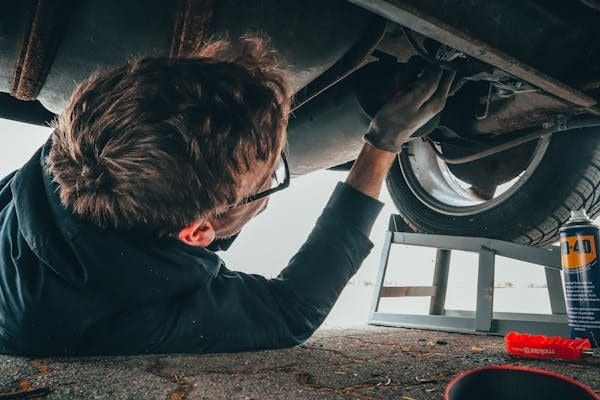Embarking on a road trip is an adventure that promises scenic views, memorable experiences, and a sense of freedom on the open road. However, before you hit the pavement, it’s crucial to ensure that your vehicle is in optimal condition to handle the journey ahead. From checking fluid levels to inspecting tire tread, taking proactive measures to prepare your car can help prevent breakdowns and ensure a smooth and safe excursion. In this guide, we’ll explore the essential steps to get your vehicle ready for a road trip, allowing you to focus on the excitement of the journey rather than worrying about potential mechanical issues.
Inspection of Fluid Levels
Before setting off on your road trip, start by checking all vital fluid levels in your vehicle. This includes engine oil, transmission fluid, coolant, brake fluid, and windshield washer fluid. Ensure that each fluid is at the appropriate level and replenish or replace as needed. Proper fluid levels are essential for the overall health and performance of your car, especially during long journeys where engine strain and temperature variations can occur.
Tire Maintenance and Inspection
Your vehicle’s tires are the only point of contact between the car and the road, making tire maintenance a critical aspect of road trip preparation. Begin by checking tire pressure using a reliable gauge, ensuring that it matches the manufacturer’s recommended PSI (pounds per square inch). Additionally, inspect the tread depth for signs of wear and tear, and replace tires that show excessive tread wear or damage. Don’t forget to also examine the spare tire to ensure it’s properly inflated and in good condition.
Brake System Check
A properly functioning brake system is vital for safe driving, especially when navigating varying road conditions during a road trip. Before departure, inspect both the brake pads and brake fluid levels. Worn brake pads should be replaced promptly to maintain optimal braking performance, while brake fluid should be at the correct level and free from contamination. If you notice any signs of brake system issues such as squeaking or grinding noises, have them inspected by a qualified mechanic before hitting the road.
Battery Health Assessment
The last thing you want on a road trip is to be stranded due to a dead battery. Before setting out, inspect your vehicle’s battery for signs of corrosion, leaks, or loose connections. Additionally, check the battery’s age and performance to determine if it may need replacing soon. If your battery is several years old or showing signs of deterioration, it’s wise to replace it proactively to avoid unexpected breakdowns during your journey, as well as use a practical 4×4 airbox that can help you get home safely.
Examination of Lights and Signals
Proper visibility is crucial for safe driving, especially during nighttime or inclement weather conditions. Take the time to inspect all exterior lights, including headlights, taillights, brake lights, and turn signals. Replace any bulbs that are burnt out or dim to ensure maximum visibility on the road. Additionally, check the alignment of your headlights to ensure they are properly aimed for optimal illumination.
HVAC System Inspection
Maintaining a comfortable cabin temperature is essential for an enjoyable road trip, particularly during long stretches of driving. Before departure, test your vehicle’s heating, ventilation, and air conditioning (HVAC) system to ensure it’s functioning correctly. Check for proper airflow from vents in all settings and listen for any unusual noises that may indicate a problem. If necessary, have your HVAC system serviced to address any issues before hitting the road.
Windshield Wiper Assessment
Clear visibility through the windshield is crucial for safe driving, especially when encountering rain, snow, or debris on the road. Inspect the condition of your windshield wipers for signs of wear, such as cracked or torn rubber blades. Additionally, check the windshield wiper fluid reservoir and top it off with a suitable cleaning solution to ensure clear visibility throughout your journey.
Emergency Kit Preparation
Even with thorough preparation, unexpected situations can arise during a road trip. As a precautionary measure, assemble an emergency kit to keep in your vehicle. This kit should include essentials such as a first aid kit, jumper cables, a flashlight with extra batteries, basic tools, water, non-perishable snacks, and a portable phone charger. Having these items on hand can provide peace of mind and assistance in case of emergencies while on the road.
Embarking on a road trip is an exciting adventure, but ensuring your vehicle is properly prepared beforehand is essential for a safe and enjoyable journey. By following these essential steps for road trip readiness, including fluid level checks, tire maintenance, brake system inspection, and preparation of an emergency kit, you can minimize the risk of unexpected mechanical issues and focus on creating lasting memories on the open road. Remember, a well-prepared vehicle is the foundation for a successful and stress-free road trip experience.







